Every year in the second week of July, more than 200,000 people gather to celebrate Chile’s most popular festival: The Fiesta de la Tirana.
Held in the tiny town of La Tirana, located in the Tarapacá region about 70km inland from the coastal city of Iquique, the festivities are marked by music – especially ‘northern music’ typical of Altiplano culture – as well as dancing and fireworks, all in honour of the Virgen del Carmen (also known as Our Lady of Mount Carmel), one of the various invocations of the Virgin Mary and the patron saint of Chile.
The Story That Started It All
The festival finds its origins in the story – part history, part legend – of Ñusta Huillac, an Incan princess who rebelled against the European conquerers in the 1540s. Taking refuge in an oasis near Iquique, she was known for ruthlessly executing or enslaving any Europeans or Christians who encroached on her territory – which is how she got the name La Tirana, meaning ‘the tyrant’.
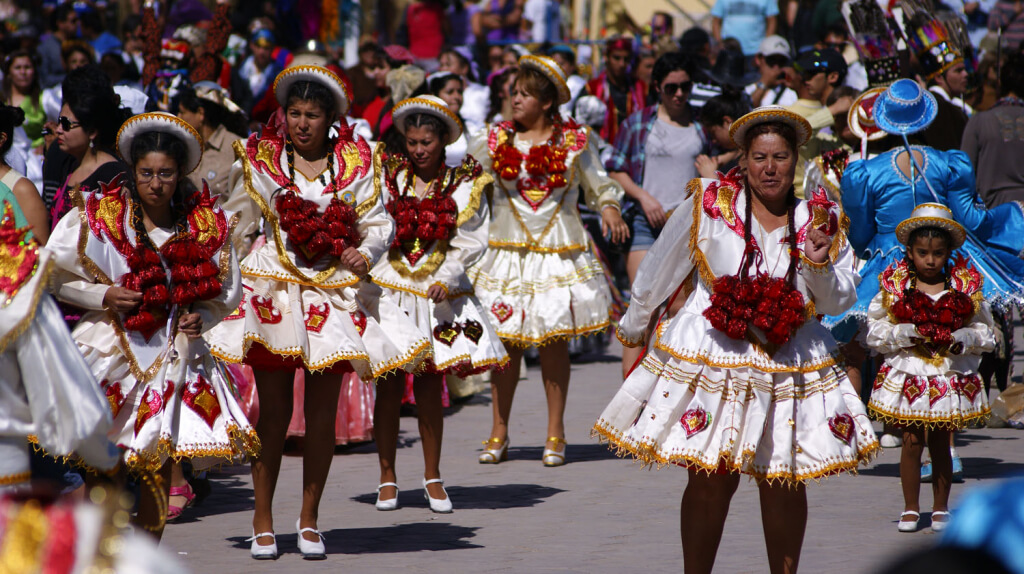
[Photo: @Chile_Satelital/Flickr]
As the story goes, Ñusta Huillac eventually fell in love with one of her prisoners, Vasco de Almeida, and converted to Christianity in order to marry him (or, according to some accounts, to join him in the afterlife). Betrayed and furious, her subjects killed her and her lover.
A church, Santuario de Nuestra Señora del Carmen de La Tirana, was erected at their burial site in the 18th century and dedicated to the Virgen del Carmen. Today, it’s a place of pilgrimage and devotion for thousands of faithful believers and curious tourists – and a central point of the Fiesta de la Tirana.
Dancing And Diabladas
Though it’s first and foremost religious in nature, the Fiesta de la Tirana – like all good celebrations – is observed with an exuberant mix of ancient customs and more modern traditions.
The festival’s main component is the dances performed by various groups called bailes, who come to dance before the statue of the Virgen del Carmen in the sanctuary. In the days leading up to 16 July, members of the bailes hold performances to greet the Virgin, or ‘La Chinita’, as the locals call her. As the dancers make their way through the streets of the town to the sanctuary, thousands of visitors gather to watch the different dances that emerge around the Virgin.
Then, on 15 July, a vigil is held with music, bonfires and fireworks, celebrating the stroke of midnight and the arrival of the most important day of the festival, 16 July, the feast day of the Virgen del Carmen. It is observed in La Tirana with a grand procession carrying the statue of the Virgin through the streets. The locals usually celebrate with great devotion, and hundreds of people come to the church of La Tirana to pay their penances before the Virgin, or in gratitude for the healing of an illness.
Yet even if the motivations are rooted in the Christian tradition, the origins of the festival’s colourful costumes, vigorous dances and rhythmic music date back to pre-Hispanic times. Some of the key dances include:
Diabladas – The most iconic and perhaps most ancient dance of the festival, the diablada sees male dancers wearing frightening devil-like masks, and female dancers moving coquettishly with their hands on their hips.
Gitanos: The gitano dances are highlighted by the use of handkerchiefs by men, while the women use tambourines to accompany the music of the band.
Antawaras: Originating in the Incan sun worship ceremonies, antawaras are performed in a standing position with arms raised. The men dance in uniformly decorated clothes and a thin, sequined poncho with sequins, whereas the women wear skirts, felt hats and low shoes.
Kayahuallas: Originally from Bolivia and Peru, the kayahualla involves dance steps with raised knees and toes, with dancers holding parasols. Men wear monochrome trousers adorned with glitter and a bib in the form of an X. Women wear skirts, felt hats and decorated shirts.
Attendees can appreciate the costumes and dancing of the participating bands and bailes, observe the masks and take photos, as well as accompany the procession of the Virgen del Carmen around the main square. They’re also welcome to attend the Eucharist and other religious activities organised by the Santuario de Nuestra Señora del Carmen de La Tirana.
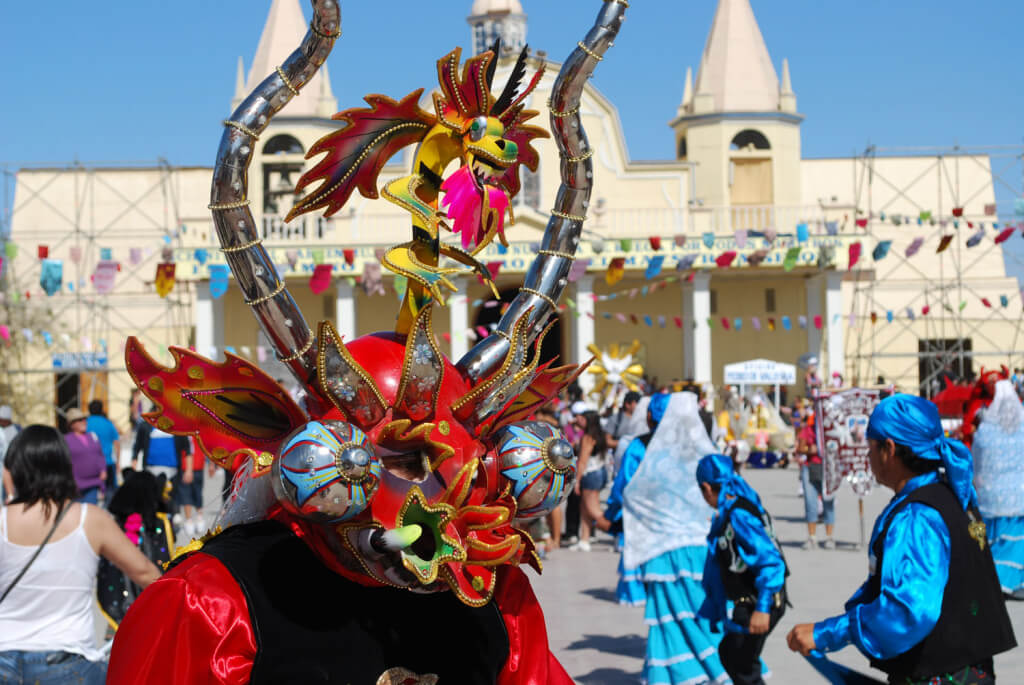
[Photo via Wikimedia Commons)
Llama Meat, Anyone?
As at any party or festival, the importance of food cannot be underestimated – and in the Tarapacá region, you’ll find a variety of delicious local specialties. Be sure to try the meat from llamas of the Andean Altiplano, said to be tasty as well as high in iron and protein. Also to be sampled are the completos – similar to hot dogs, but rather than filled with sausages and sauces, they’re often stuffed with lamb, chicken, mayonnaise and a touch of guacamole.
How To Get There
La Tirana isn’t the easiest place to reach. You’ll need to get to the city of Iquique first, and from there it’s about an hour and a half drive; buses run from the Terminal Rodoviario in Iquique to La Tirana for approximately $4. Since July is the busiest season, we recommend buying your tickets in advance.
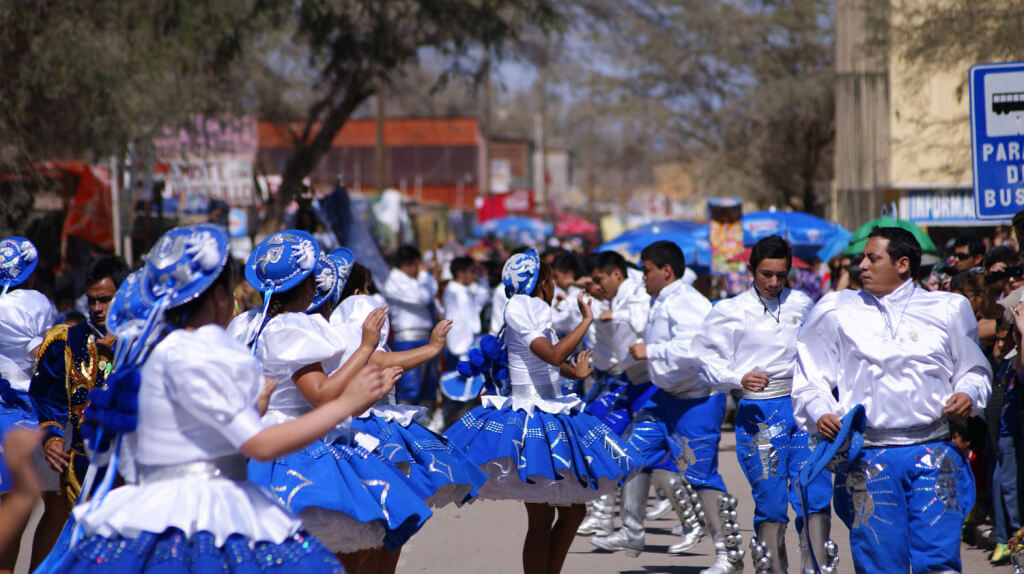
Lodgings in La Tirana are scarce, so the best option is to book a hotel in Iquique. However, if you’re a daring traveller who enjoys an adventure, then by all means bring some camping gear and stay with the baile groups in their encampments. Do not forget to bring comfortable clothes, since La Tirana has a hot, dry desert climate.

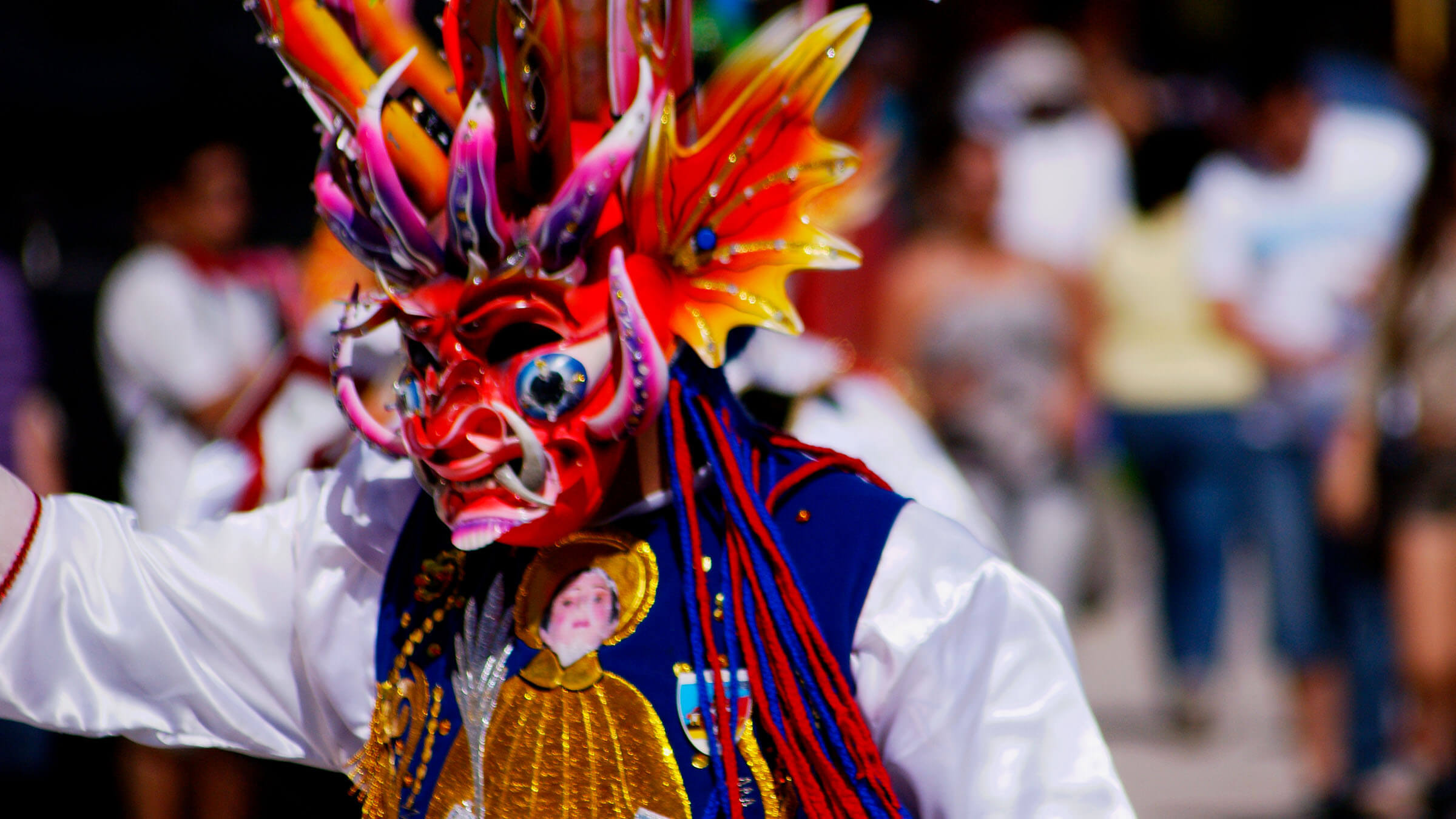
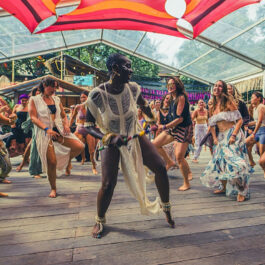


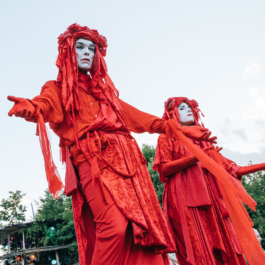


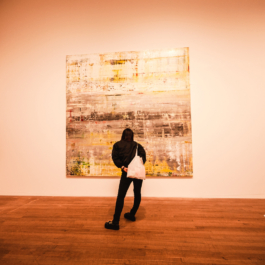
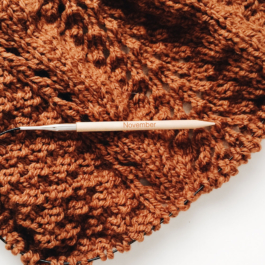


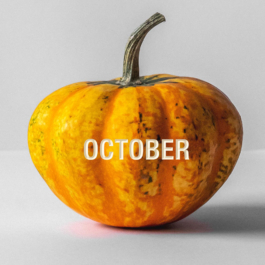
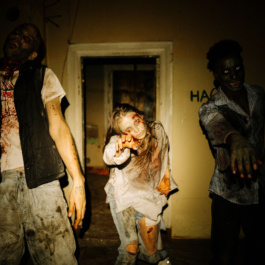
Sorry, the comment form is closed at this time.